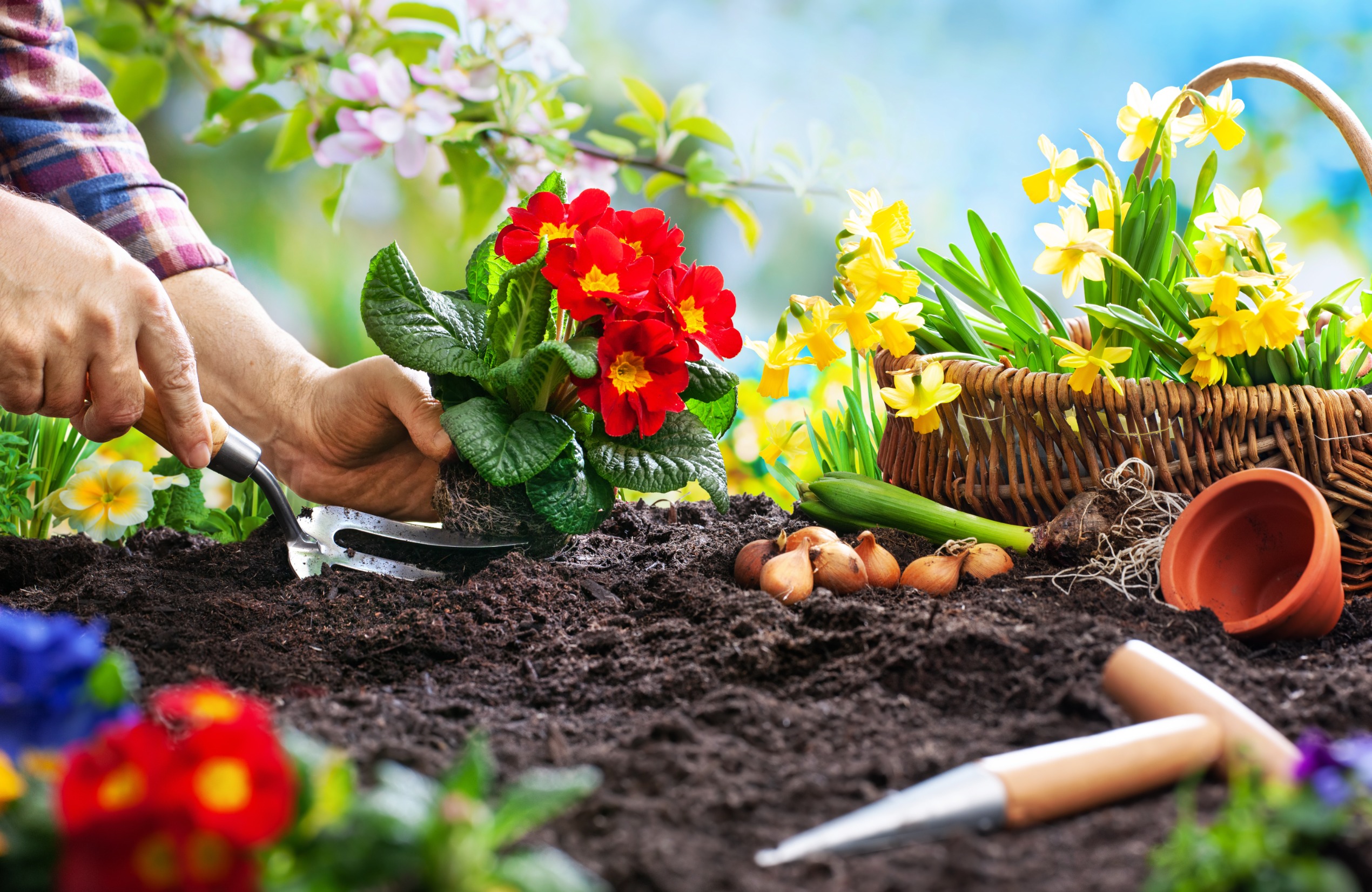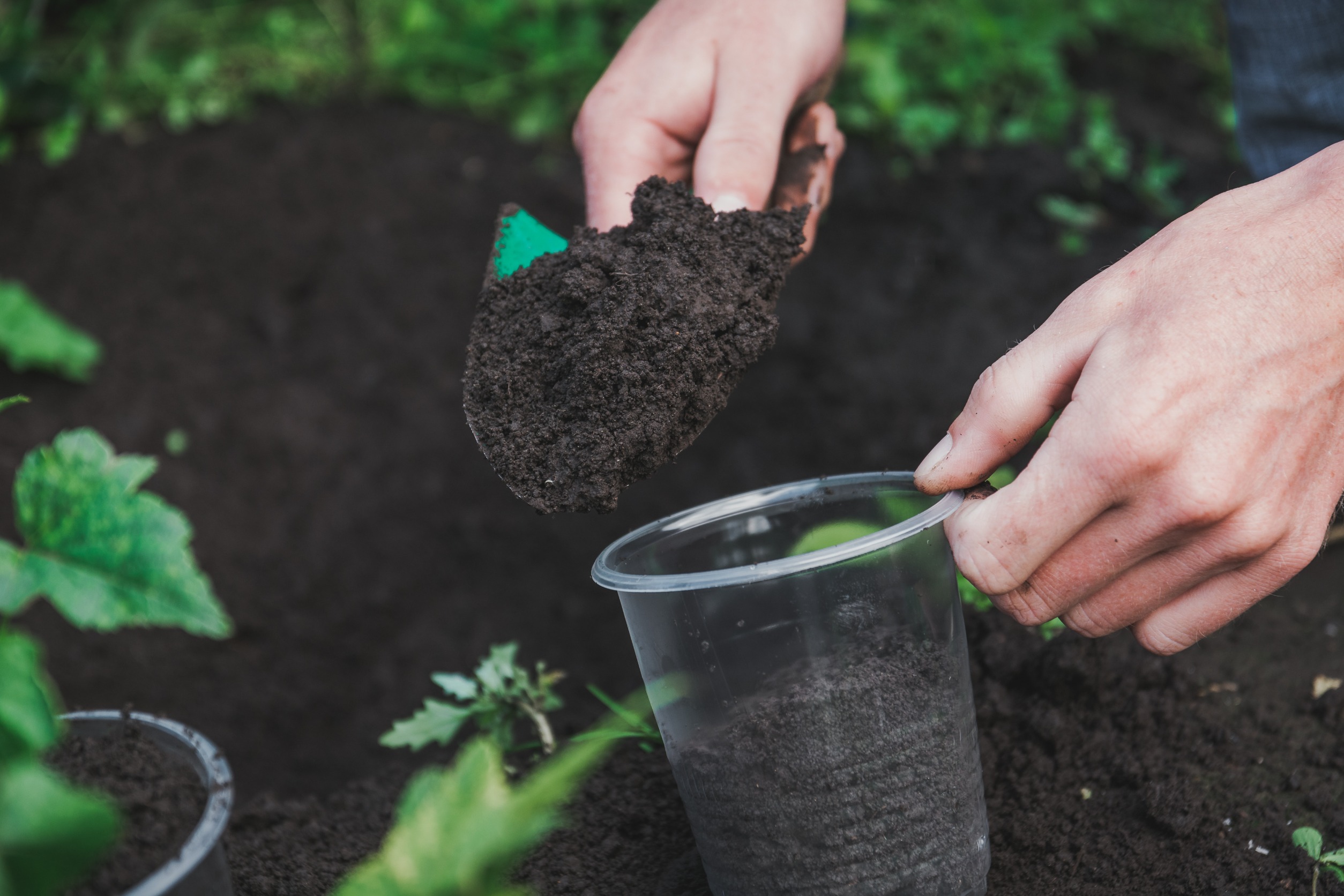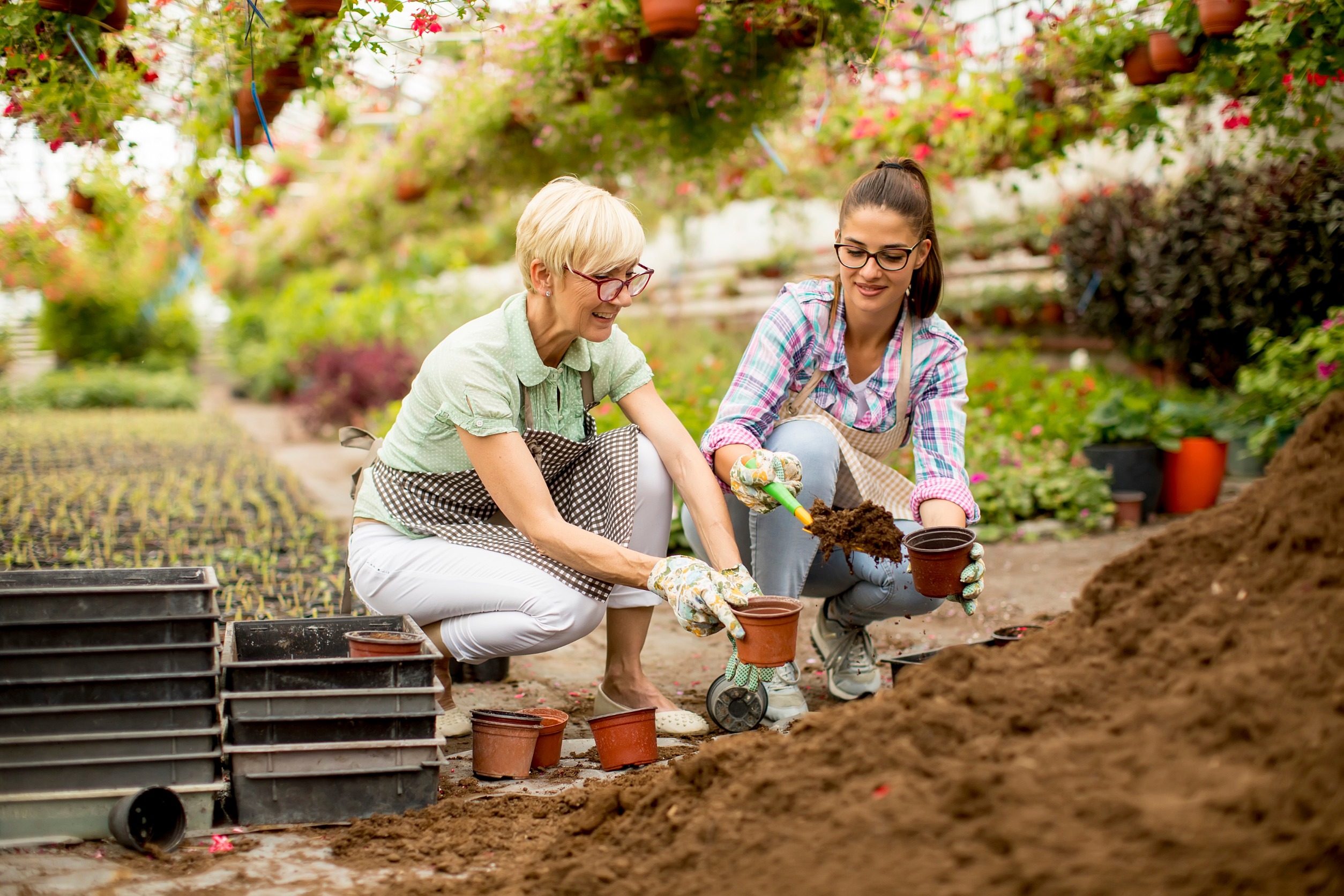
123rf
Gardening can bring joy and tranquility to any home, and with a bit of planning, you can create a lush garden without straining your finances. For those on a low income, growing a garden might seem like a luxury, but with the right tips and tricks, it’s possible to do it affordably. This guide will walk you through frugal gardening methods so you can learn how to budget money on a low income and still cultivate a beautiful garden.
1. Start with Seeds Instead of Plants
Seeds are significantly cheaper than purchasing established plants, making them the frugal gardener’s best friend. A single seed packet can yield numerous plants, allowing you to stretch your dollar. Starting from seed also gives you more control over plant variety, so you can choose hardy, low-maintenance options. Germinating seeds indoors first ensures they’re strong enough to thrive outside, maximizing your success rate. Starting from scratch is a bit of a commitment but saves money in the long run.
2. Use Household Containers as Pots
Repurposing household containers is a clever way to save money on plant pots. Items like yogurt tubs, cans, or egg cartons can serve as great starter pots for seedlings. By upcycling, you’re not only saving cash but also reducing waste, which is an eco-friendly bonus. Just be sure to add drainage holes to prevent overwatering. Using what you have at home helps you stick to your budget and adds a unique touch to your garden.
3. Make Your Own Compost

123rf
Composting is an effective way to enrich your garden soil for free. Instead of buying expensive fertilizers, you can use kitchen scraps, yard waste, and even coffee grounds to make compost. This organic fertilizer provides essential nutrients for plants, making them healthier and more productive. Composting also reduces household waste, which is both budget- and eco-friendly. With patience and regular maintenance, homemade compost can become a valuable resource for your frugal garden.
4. Choose Perennials Over Annuals
Perennial plants return year after year, saving you the cost of replanting each season. While some perennials might cost a little more upfront, they’re a wise investment for low-income gardeners. You’ll only need to plant them once, and they’ll continue to bloom and thrive for years with minimal care. Consider hardy perennials like lavender, hostas, or daisies that require little upkeep. Choosing perennials not only saves money but also gives your garden a lasting beauty.
5. Collect Rainwater for Irrigation
Watering your garden can add up, especially during dry seasons, so collecting rainwater is a smart and cost-effective solution. Set up a rain barrel or even a few large containers under downspouts to capture rainwater. This water can be used to irrigate your garden, reduce your water bill, and make the most of natural resources. Rainwater is also better for plants since it’s free of chemicals often found in tap water. By harvesting rainwater, you can keep your garden hydrated without spending extra.
6. Swap Seeds and Plants with Neighbors

123rf
Connecting with neighbors or local gardening groups can help you save money by swapping seeds and plants. Gardeners often have extra seeds or plant cuttings that they’re willing to trade, giving you a wider variety of plants without the cost. Plant swaps are also a great way to share tips, resources, and even tools, fostering a supportive gardening community. You can arrange swaps seasonally, expanding your garden on a budget. This frugal strategy builds community connections and enhances your garden’s diversity.
7. Learn DIY Garden Skills
Mastering basic DIY garden skills can help you avoid buying costly gardening tools and products. Simple skills, such as pruning, mulching, and propagating plants, reduce the need for professional help or expensive items. For example, making your own mulch from leaves and branches saves money and enriches the soil. Additionally, learning to propagate plants allows you to grow more for free. Gaining DIY knowledge is empowering and can make gardening on a budget more fulfilling.
8. Focus on Native and Drought-Resistant Plants
Native plants are well-suited to your local climate, making them easier and cheaper to care for than exotic species. Drought-resistant plants like succulents and certain wildflowers require less water, helping you save on irrigation costs. By choosing plants that thrive naturally in your area, you’ll reduce the need for costly fertilizers, pesticides, or special care. Native and drought-tolerant plants also attract beneficial pollinators, enhancing your garden’s biodiversity. This approach is both wallet- and eco-friendly, making your garden sustainable and beautiful.
A Frugal Path to a Thriving Garden
Frugal gardening is all about using creativity and resourcefulness to grow a beautiful garden on a low income. With strategies like seed starting, composting, and choosing native plants, you can enjoy a thriving garden without breaking the bank. Gardening on a budget allows you to connect with nature, cultivate beauty, and enjoy fresh produce without financial stress. The joy of a garden doesn’t come from the money spent but from the effort and love you put into it. Start your frugal gardening journey today, and watch your garden flourish naturally.

Vanessa Bermudez is a content writer with over eight years of experience crafting compelling content across a diverse range of niches. Throughout her career, she has tackled an array of subjects, from technology and finance to entertainment and lifestyle. In her spare time, she enjoys spending time with her husband and two kids. She’s also a proud fur mom to four gentle giant dogs.
Leave a Reply